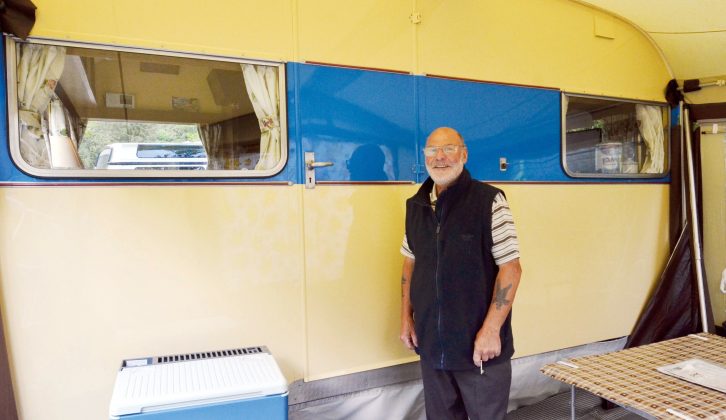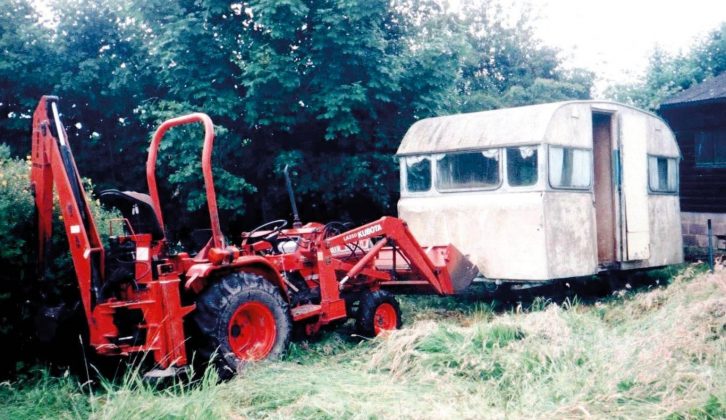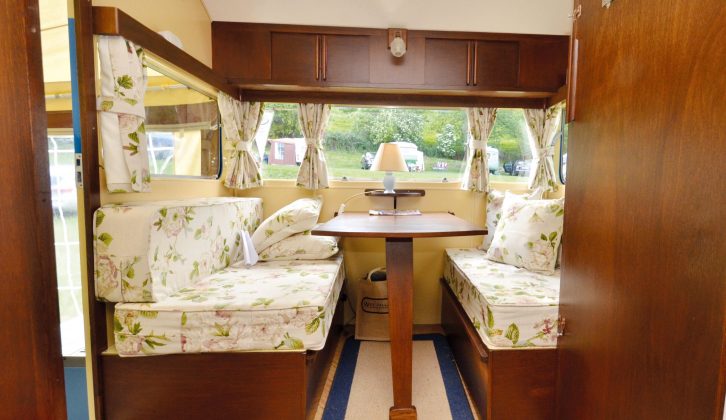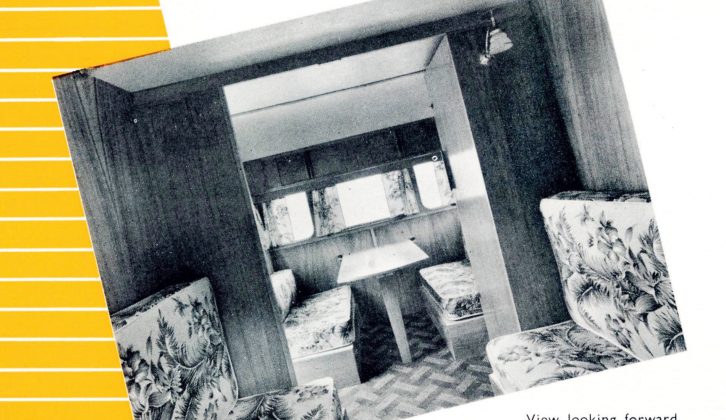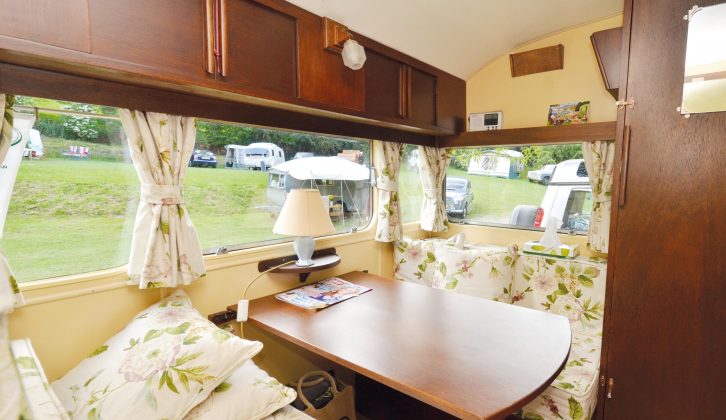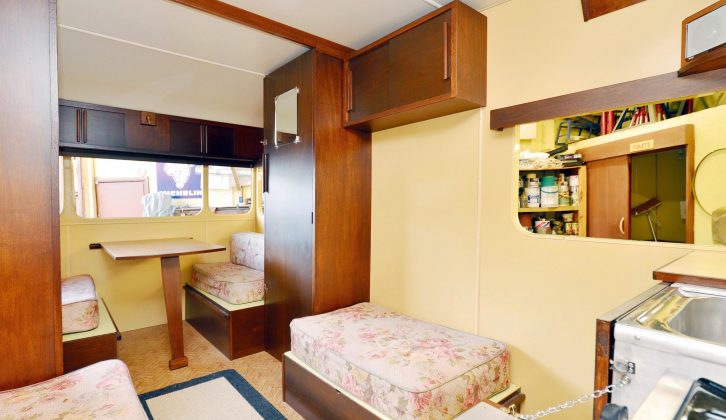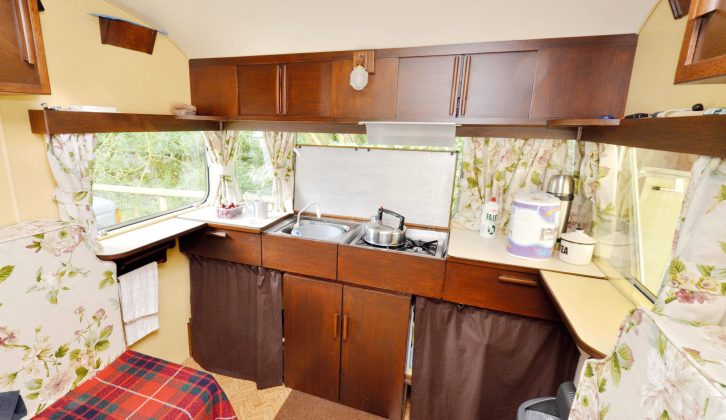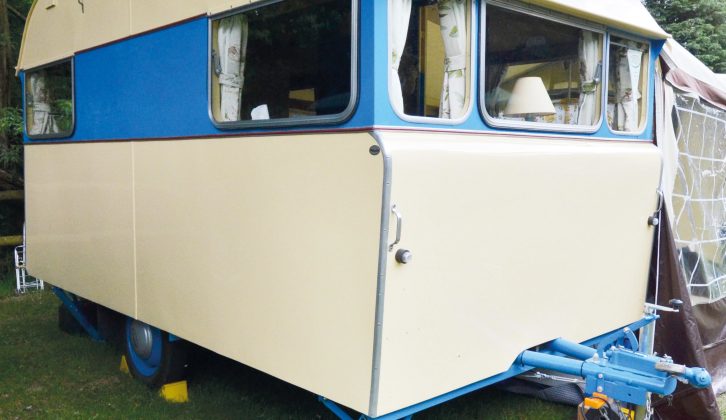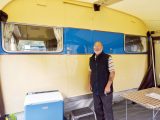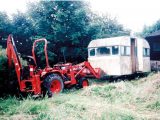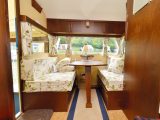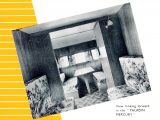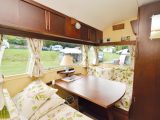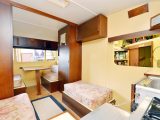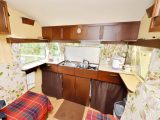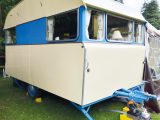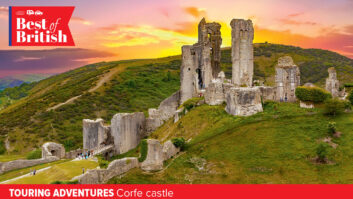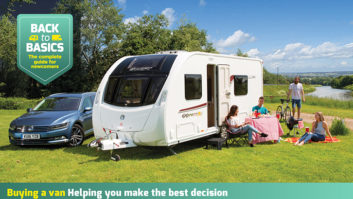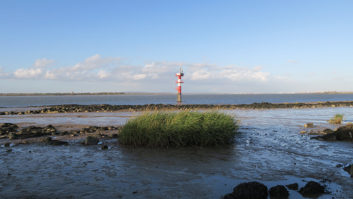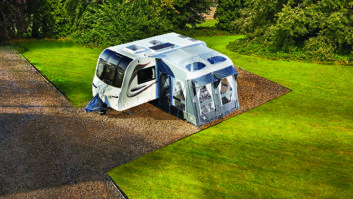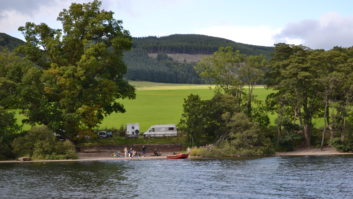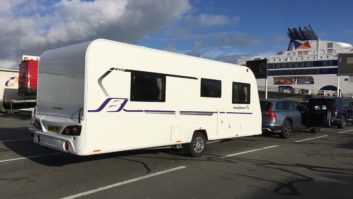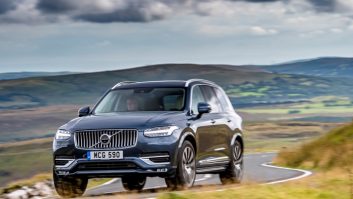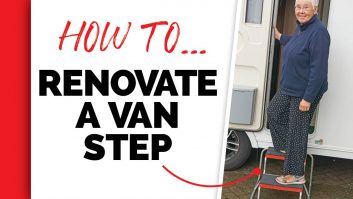Mike Wye is a man on a mission, and that’s to breathe life into caravanning history. He and his wife Sue are members of the Historic Caravan Club (pre-1960 tourers) and they are often seen at the club’s classic meets.
Mike can turn what appears to be a virtual write-off into a practical, usable vehicle. He began with classic cars but his interest in renovating caravans goes back to 1972, when he repaired a Sprite 400 to use as his first family tourer. Since then he has restored classic vans from Bampton, Car Cruiser, Chalfont, Paladin and Sprite in his purpose-built workshop.
Mike’s enviable set-up allows him to work on a caravan in perfect surroundings. He uses his restored classics, too, although he has recently bought a modern tourer as a back-up.
Finding the Paladin project van
Some years ago, Mike came across an old tourer that had been languishing in a garden for many years just a few miles from where he lived. He contacted the owner and soon cemented a deal that he could have the van if he removed it.
The van was a 1954 Paladin Mercury, one of the first models by the manufacturer. It hadn’t been used for years and had been left to rot away. Bushes and a tree had engulfed the van; it wasn’t going to be an easy job to shift.Using a tractor, Mike managed to pull out the Paladin, with only a few screws holding the roof on. He then towed it the few miles back to his workshop.
Before he began work on the caravan he searched through my archives for relevant information on his tourer, which was a rare survivor from a once prominent manufacturer. Paladin was a popular make in the 1950s. The company, which was founded in the late 1940s by George Holder, had grown rapidly with the boom in caravanning holidays and produced touring, static and home units.
Practical Caravan caught up with Mike and the Mercury, looking just about finished, at his Wiltshire home.
A great deal of hard work and attention to detail has transformed a dying classic into one that looks as though it has just come off a 1950s assembly line. It wasn’t a quick job: Mike did drawings of the framework and then replaced most of it! The chassis built by Paladin was restored and the sides reassembled. Mike saved what he could of the furniture and then replicated it, making new units and putting everything back into the caravan. He has even replicated the badge.
The Mercury was designed as a lightweight, budget tourer with ribbed aluminium side panels. The aluminium panels on Mike’s caravan aren’t ribbed, but this could be because it was an early model. Mike intends to use the van and has added some home comforts such as electrics, and completely renovated the two-burner gas stove, which is looking as good as new. The original plastic sink had broken so Mike fitted a more practical stainless-steel design.
Although its width is only 6ft 6in (1.98m) – modern tourers are around 2.3m – the interior feels quite spacious.
Paladin might have gone into the caravan history books, but Mike Wye’s Mercury is no museum piece and may be the only surviving example in the UK, although these things have a habit of turning up. The restoration is down to Mike’s skills as a classic car restorer and his determination to keep caravanning history alive.
It’s a great little tourer and I bet when this one was built the workers would never have thought that it would still be around 61 years later – after a bit of an overhaul.
The Paladin story
By the mid-1950s Paladin was doing well, with top-selling tourers such as the Wisdom, the Nomad and the Pacemaker. Late in 1953 the firm produced its first Mercury, a four-berth model with twin dinettes, an end kitchen and a central wardrobe opposite the entrance door.
The new Mercury won its class in the first British Caravan Road Rally event in 1954. It was available in a hardboard exterior finish and came with wooden window frames for £198. In deluxe format, with a ribbed central band and aluminium cladding, it cost £279 and had a MiRO of 738kg. It was produced for several years.
Paladin had several factories at one point, but by the early 1960s production centred on the Amersham works with tourers taking a back seat and holiday homes and living units such as the Sun Cottage becoming popular with buyers. In 1967 the company even made a caravan (named Stow-away) that folded flat for easy storage.
The firm ceased production in late 1967 but its founder began another business making special units and for a short time in 1980 entered the holiday home market again. Paladin was an important manufacturer, especially for its Sun Cottage bungalow-type home, which was bought by the Greater London Council to solve housing shortages. Paladin’s large static units occasionally turn up but the tourers are now very rare, making Mike’s a very special caravan indeed.
If you’re thinking of restoring an old caravan, you might enjoy reading more ‘Me and my caravan‘ stories in Practical Caravan about other successful projects. We’ve recently featured a selection of vans that appeared at the 65th Cheltenham Caravans festival, and An Evergreen classic, featuring a restored 1948 Cheltenham. We also loved The Carlight fantastic, which shows Jim Harlow’s restored 1975 Carlight Casetta, Who’s a pretty Polly? featuring a 1973 Thomson Mini Glen, and Fairholme Comforts, a restored 1956 Bambi caravan. Happy browsing!
Hard work has transformed it into a tourer that looks as if it is fresh off a 1950s assembly line
